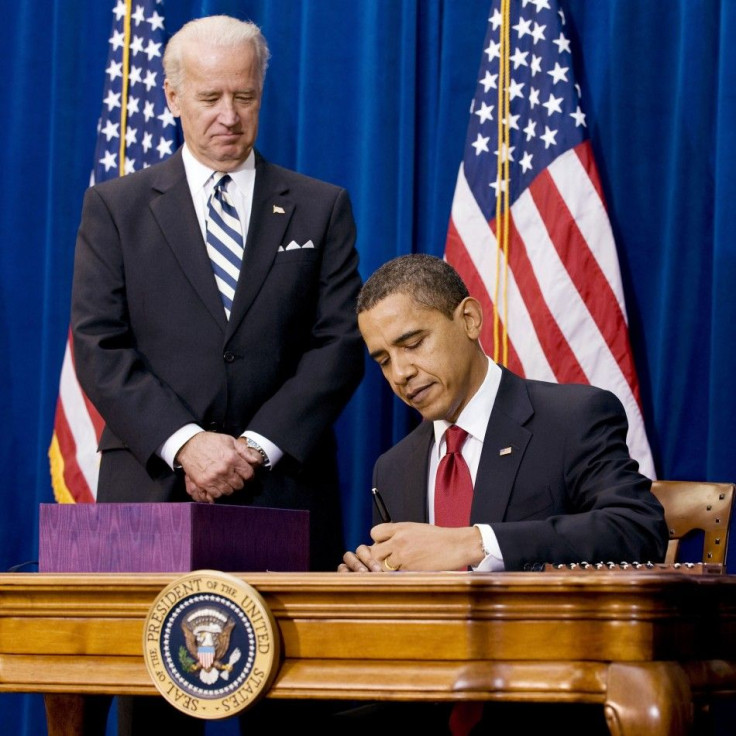US Recovery Act saved 4 million jobs in two years: EPI

The Recovery Act, which was introduced by the US government in response to the Great Recession of the last decade, created or saved 3-4 million jobs and up to 5 million full-time equivalent jobs by the end of 2010, according to report.
The Recovery Act, signed into law on Feb. 17, 2009, was designed to cushion the economy’s free-fall, create jobs, and return the country to economic growth.
“The Recovery Act clearly has been effective at providing the economic support for spurring output and employment that was promised by its architects,” the Economic Policy Institute (EPI) said on Thursday.
Prior to the Act, the private economy was contracting at an annualized rate of 6 percent and posted monthly job losses at more than 750,000.
But, the contraction of the economy slowed to -0.7 percent annual rate and job losses reduced by more than half in the first quarter after the Recovery Act came into force, EPI said.
In the following quarter, private job losses fell by nearly half and the economy witnessed a growth of 5 percent on annual basis. “Clearly, the economy and private job market began to recover right when the Recovery Act began to take effect,” said EPI.
By the end of 2010, the Act had boosted gross domestic product by up to $560 billion and cut the unemployment rate by 1.8 percent.
“The process by which the Recovery Act produced positive economic activity is straightforward,” said the institute.
Finally, the Act provided for investment in the nation's transportation and energy infrastructure, which creates jobs and promotes the sustainability and global competitiveness of the economy, EPI added.
© Copyright IBTimes 2024. All rights reserved.











